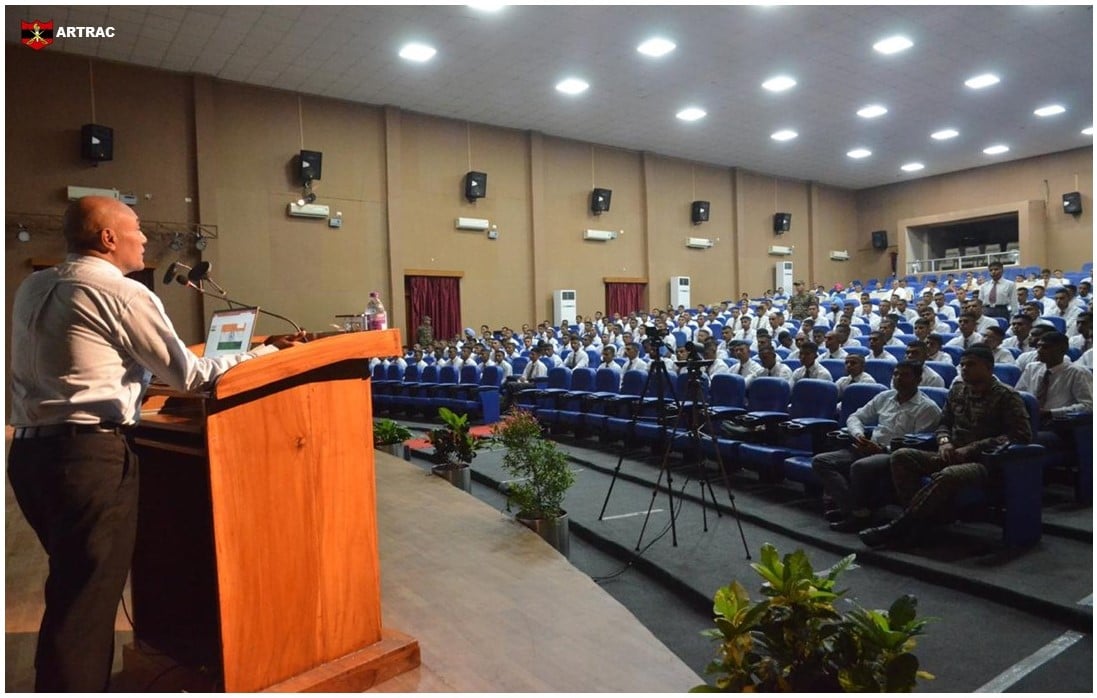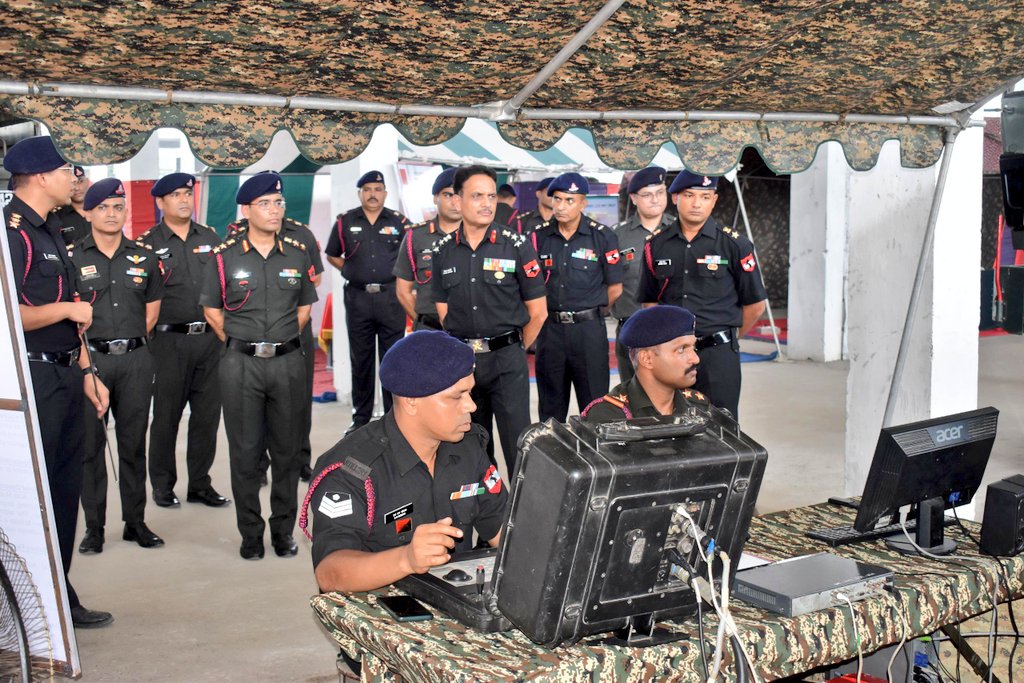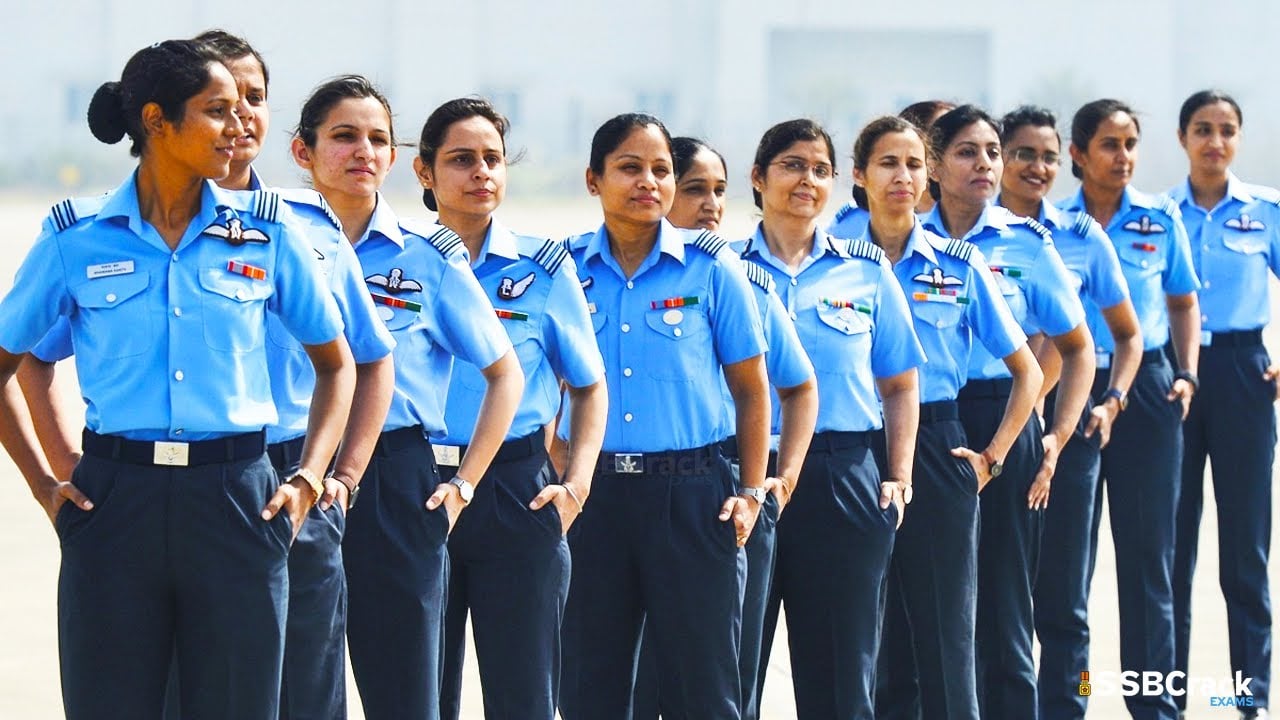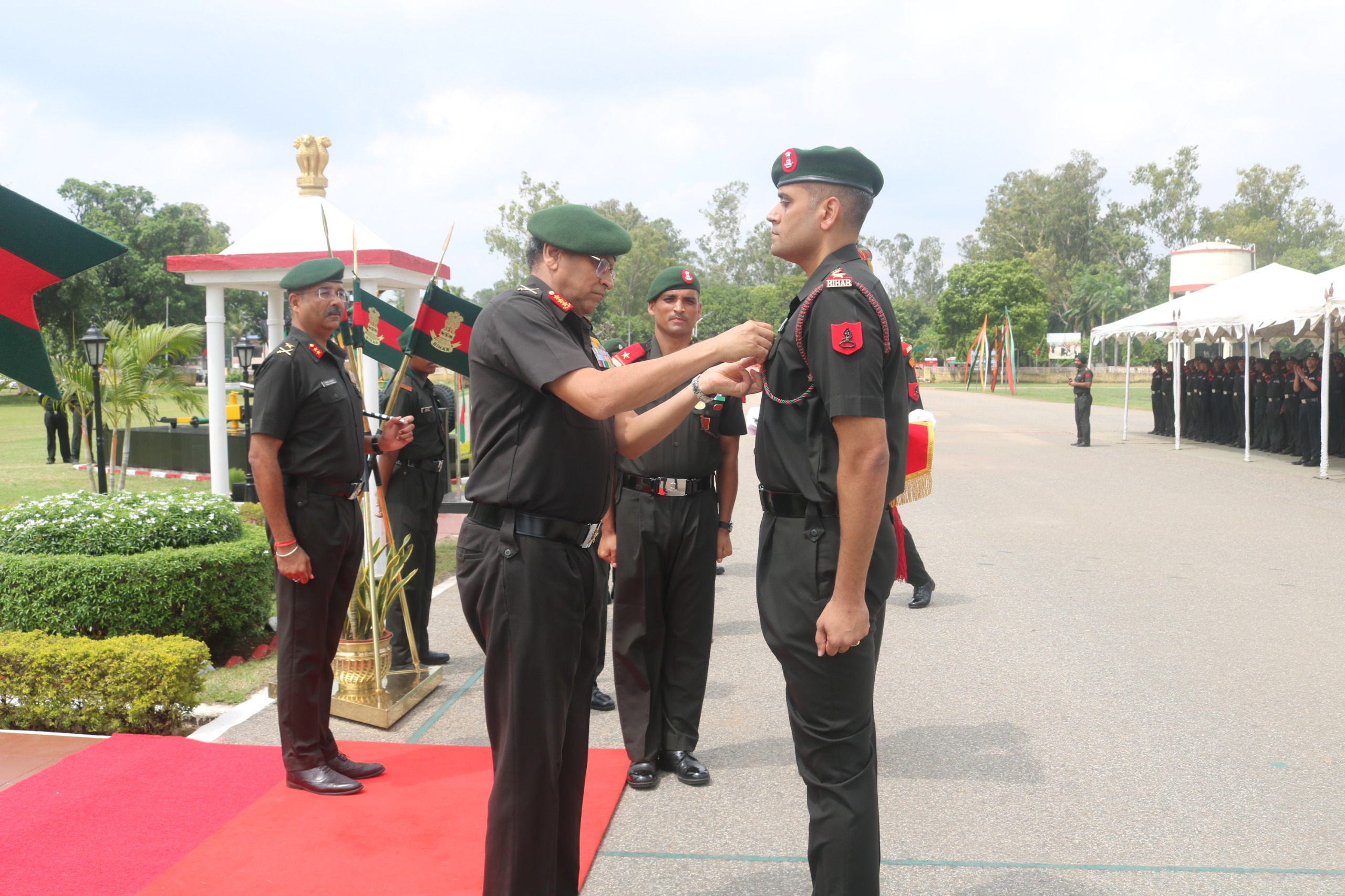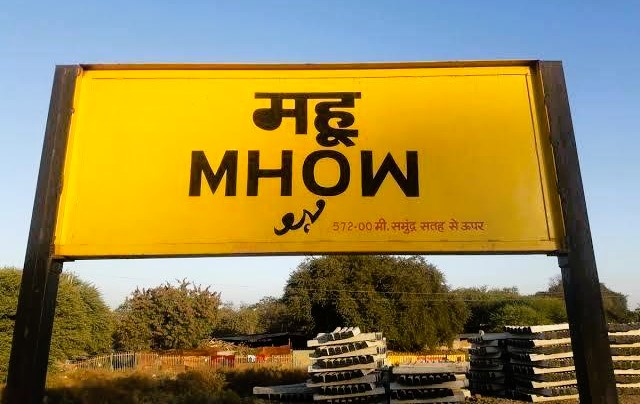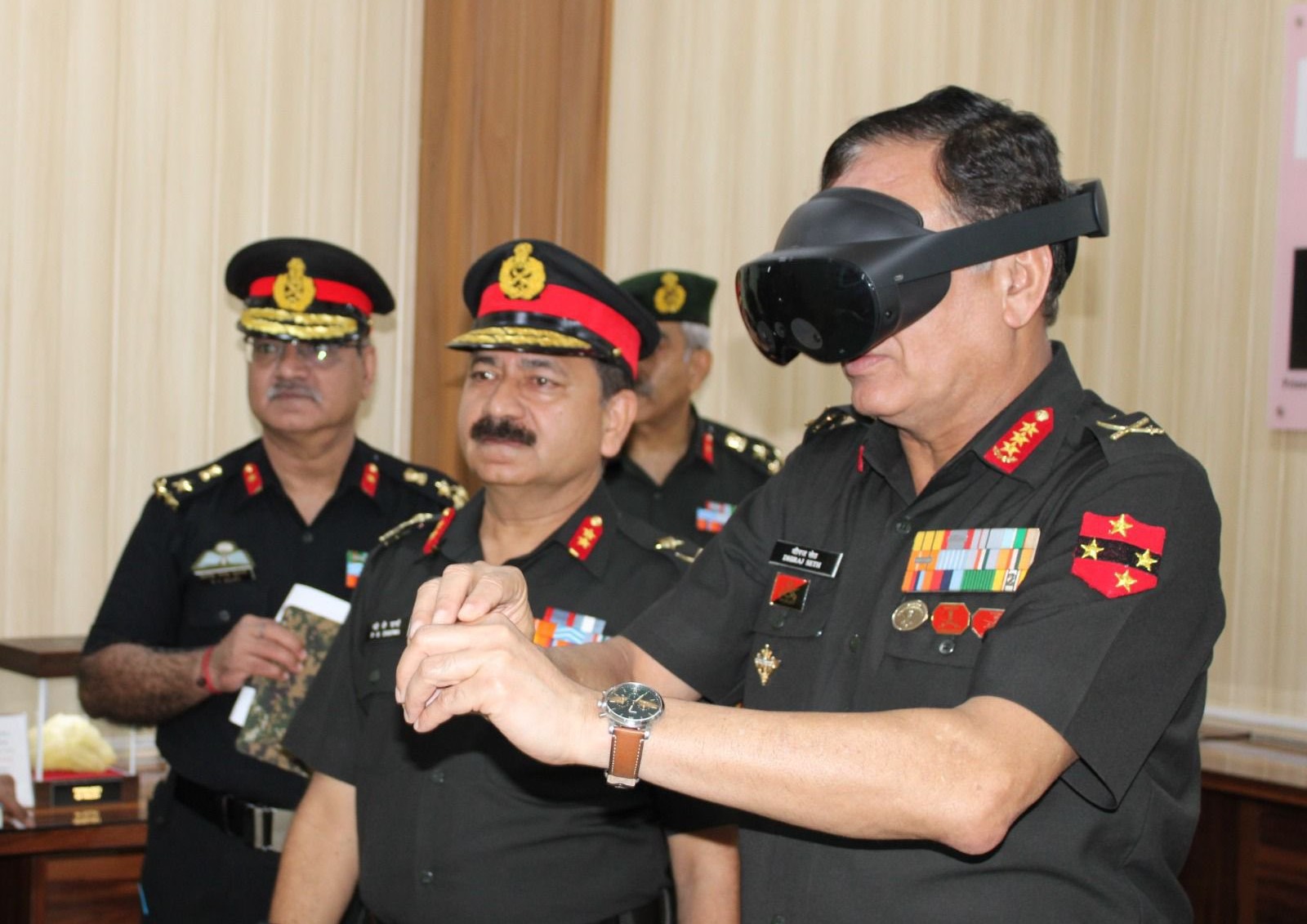Col Sonam Wangchuk, MVC (Retired), Inspires Officer Cadets at OTA Gaya with Motivational Talk
Colonel Sonam Wangchuk, MVC (Retired), delivered a powerful motivational talk to the officer cadets at the Officers Training Academy (OTA)…
Chetak Gunners Host Innovation Competition at Bhatinda Military Station
The Chetak Gunners orchestrated a groundbreaking Idea and Innovation Competition at the Bhatinda Military Station, marking a significant stride towards…
How to Join the Indian Air Force After 12th
The dream of joining the Indian Air Force after 12th grade captures the imagination of many young aspirants. It represents…
Lt Gen Anindya Sengupta Reviews Operational Preparedness at HQ Jharkhand & Bihar Sub Area
Lieutenant General Anindya Sengupta, GOC-in-C of Central Command, conducted a detailed visit to the Headquarters of the Jharkhand and Bihar…
Two Army Officers Attacked by a Gang, their Female Friend Raped in MP
In a horrifying turn of events, two young Army officers and their female friends were assaulted, and one woman was…
Lt Gen Dhiraj Seth Reviews Medical Facilities Across Southern Command in Pune
Lieutenant General Dhiraj Seth, AVSM, Army Commander of the Southern Command, embarked on a comprehensive review of several key medical…

